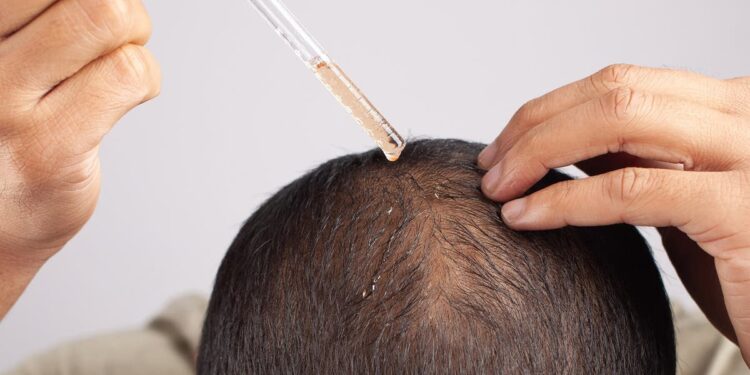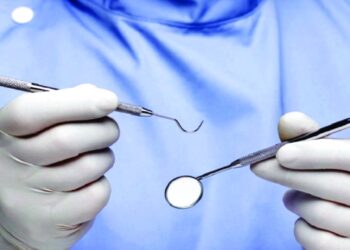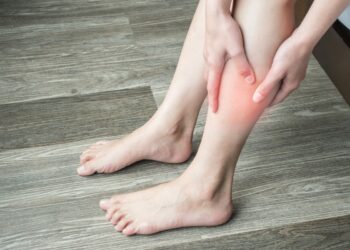Agencies-Gaza post
Old medicine helps to overcome baldness
Advertisements are everywhere, as are the hype: there are special shampoos and treatments, sometimes thousands of dollars, that make your hair grow; however, many hair loss dermatologists say that most of these products do not work.
“There are endless useless hair-growth remedies,” often at “considerable cost,” said Brett King, a dermatologist at Yale School of Medicine, but, he added, “because people are desperate, these hair-growth remedies hair growth continue to abound.”
However, according to him and other dermatologists, there is an inexpensive treatment that costs pennies a day and restores hair in many patients.
This is minoxidil, an old and well-known drug for the treatment of hair loss that is used in a very different way. Instead of applying it directly to the scalp, it is prescribed in very low-dose pills.
Although a growing group of dermatologists offer low-dose minoxidil pills, the treatment remains relatively unknown to most patients and many doctors. It has not been approved by the United States Food and Drug Administration (FDA) for this purpose, so it is prescribed outside of what is indicated in its data sheet, a common practice in the dermatology sector .
“I call ourselves the unapproved product bandits, a title I’m proud to use,” said Adam Friedman, professor and chair of dermatology at George Washington University.
He explained that dermatologists have been trained to understand how drugs work, which allows them to test unapproved drugs.
“I tell people that most of what we prescribe is off label because that use is not stated on the label,” he said. Swerlick offered a long list of conditions, such as skin pigmentation disorders, inflammatory skin disorders, and incessant itching, for which standard treatments are not approved according to his label.
Minoxidil, the active ingredient in Rogaine, a lotion or foam that is rubbed onto the scalp, was first approved for men in 1988, then for women in 1992, and is now generic.
The drug’s use as a hair growth treatment was discovered by accident decades ago . High-dose minoxidil pills were used to treat high blood pressure, but patients often found that the pills caused hair growth all over their bodies.
So its manufacturer developed a minoxidil lotion (which ended up being called Rogaine) and got it approved for growing hair on bald heads.
However, dermatologists say that the lotion or foam is not very effective for some patients, perhaps because they stop applying it.
It has to get to the scalp itself and the hair gets in the way. Many people, especially women, stop using it because they don’t like leaving the sticky substance in their hair.
Johnson and Johnson, the company that currently owns Rogaine, did not respond to requests for comment.
Others feel that it just doesn’t work for them. Minoxidil has to be converted into an active form by sulfotransferase enzymes , which may or may not be present in sufficient amounts in the hair roots. When the drug is taken orally, it automatically assumes an active form.
However, that was not the reason why low-dose pills were discovered, rather the discovery also happened by accident 20 years ago.
Rodney Sinclair, a professor of dermatology at the University of Melbourne, Australia, had a patient with female pattern hair loss. The hair on the top of her head had thinned and she hated the way she looked.
Unlike most of her patients, the Rogaine worked for her, but she developed an allergic scalp rash from the medication; however, if she stopped taking it, her hair would thin again.
“So I was in a dilemma,” Sinclair said. “The patient was highly motivated, and all we knew was that if a patient is allergic to a topical medication, one way to desensitize them is to give them very low doses orally.”























